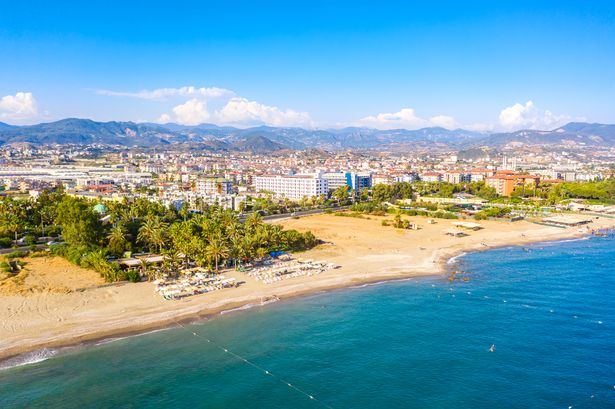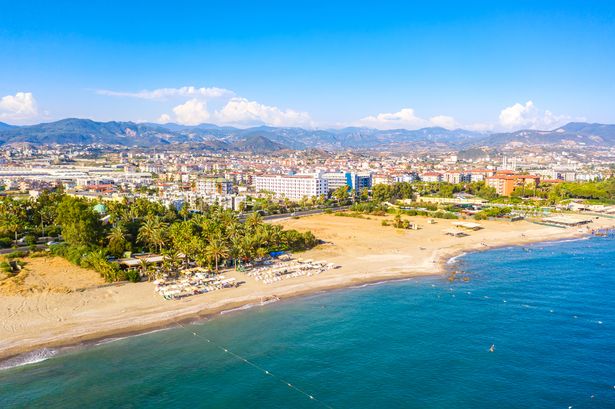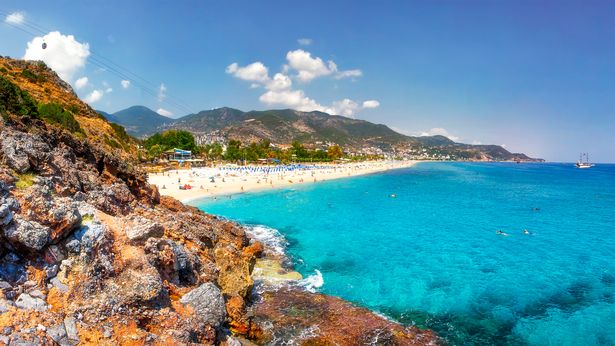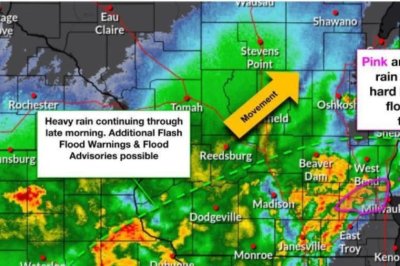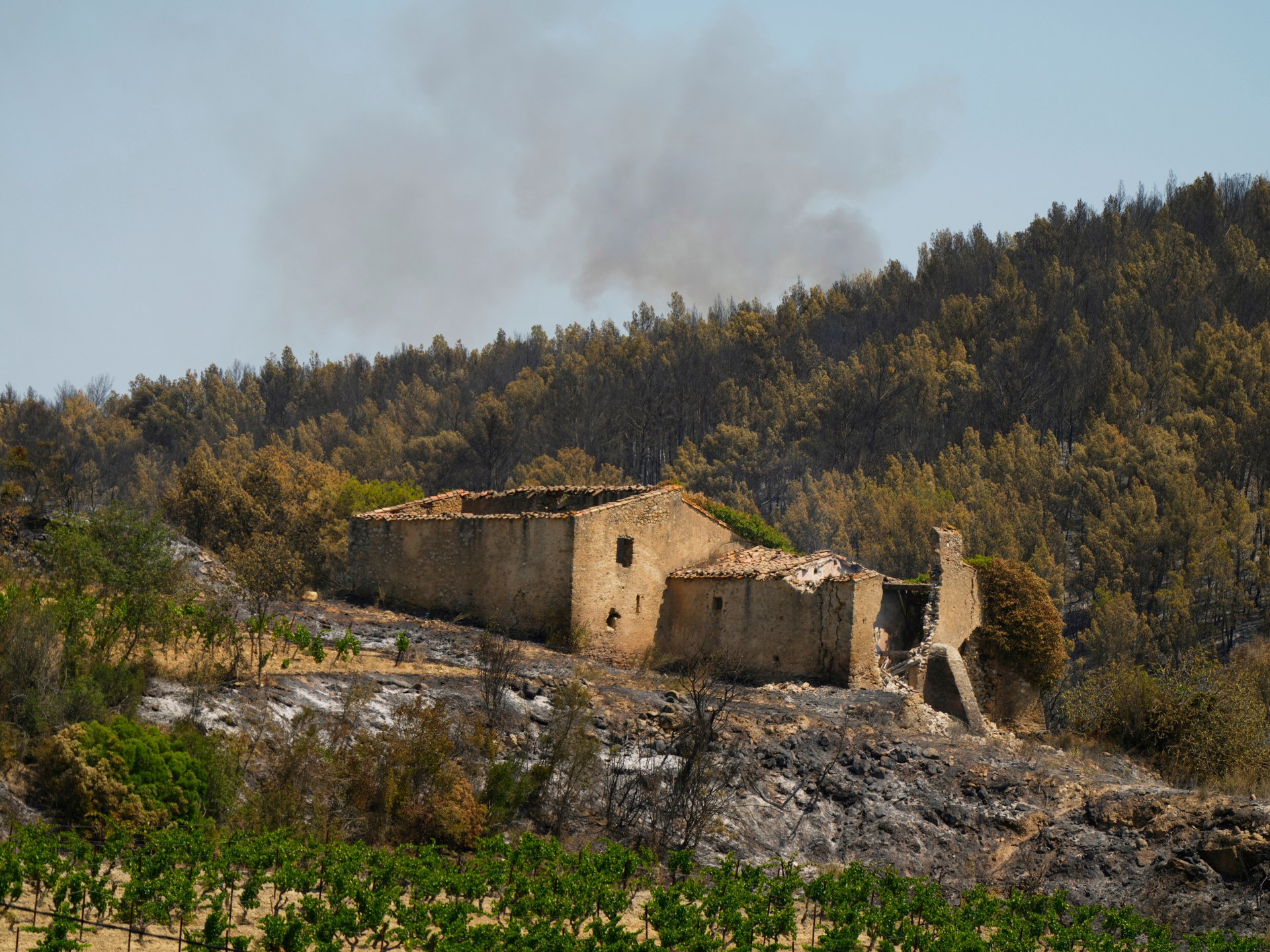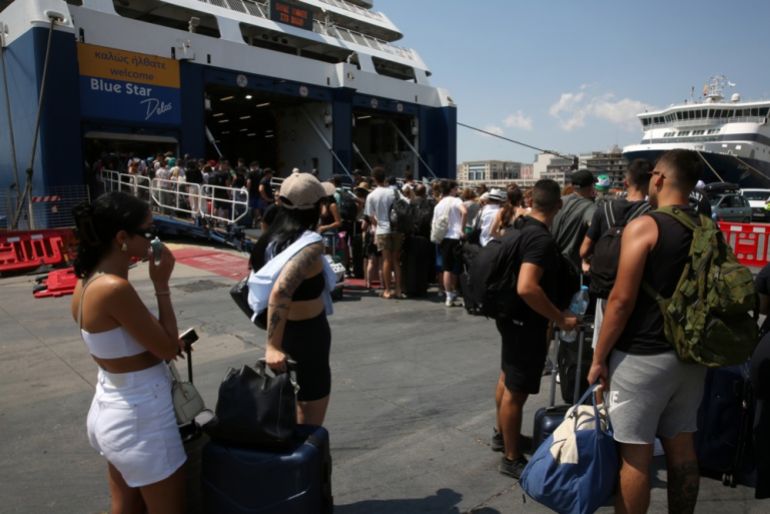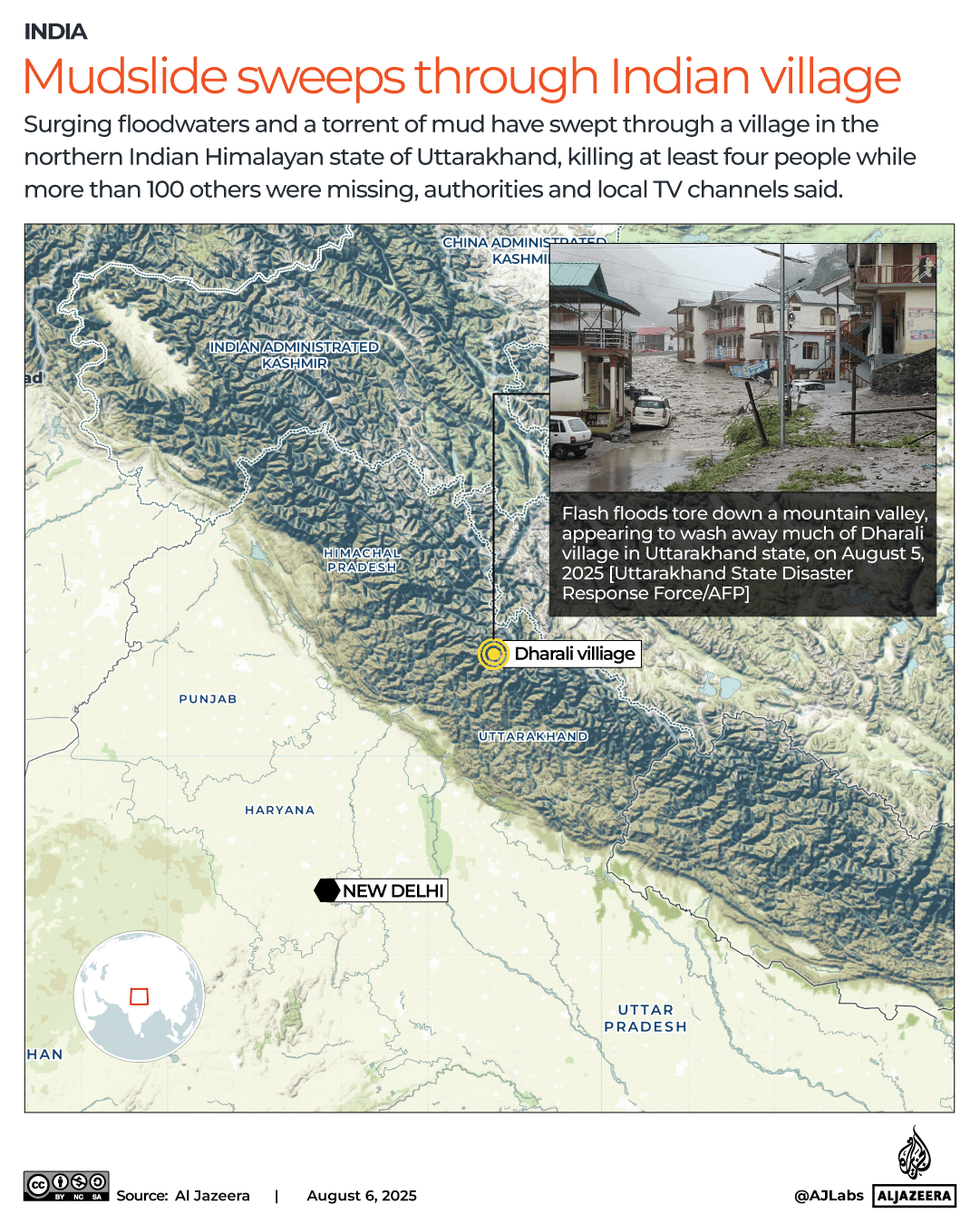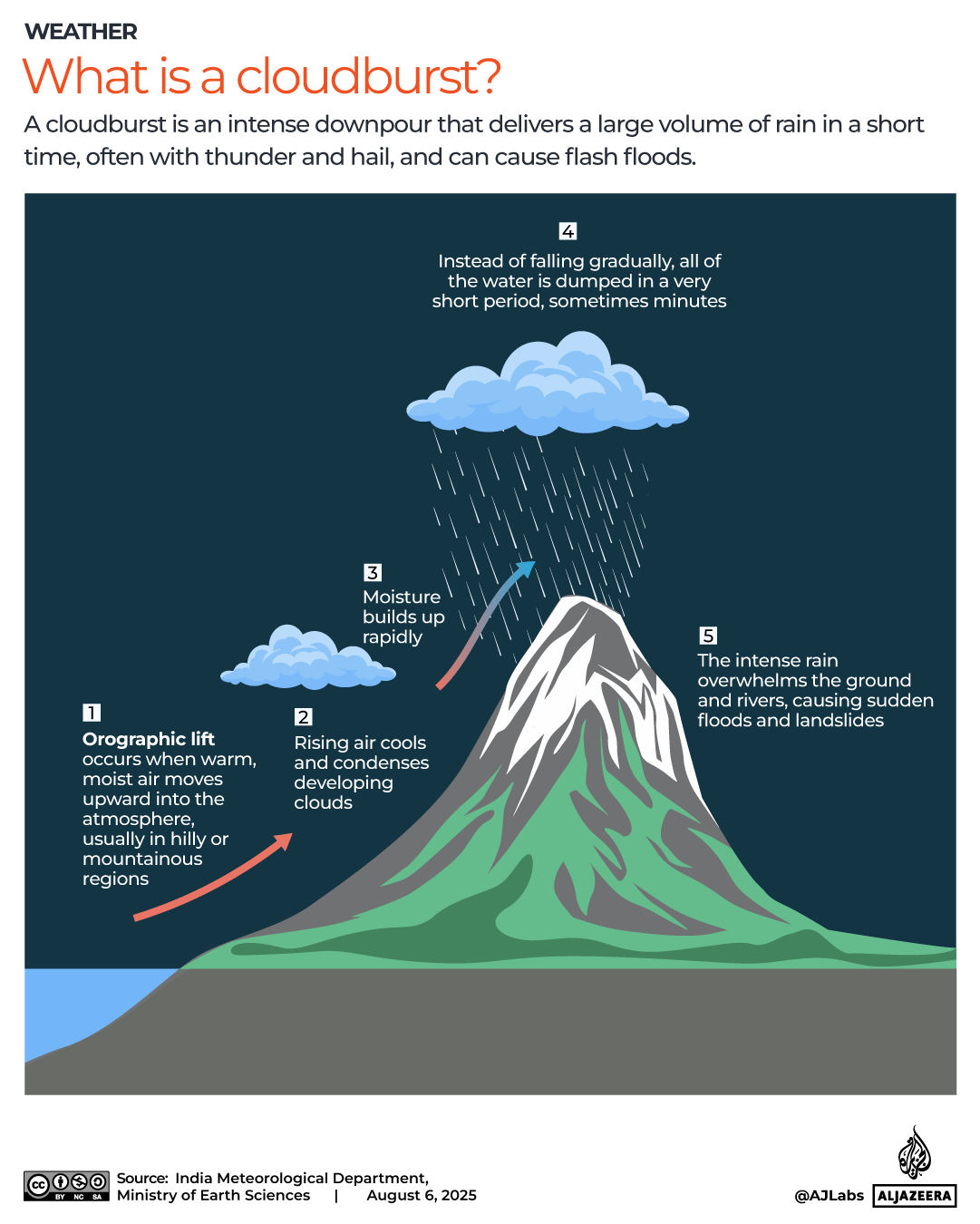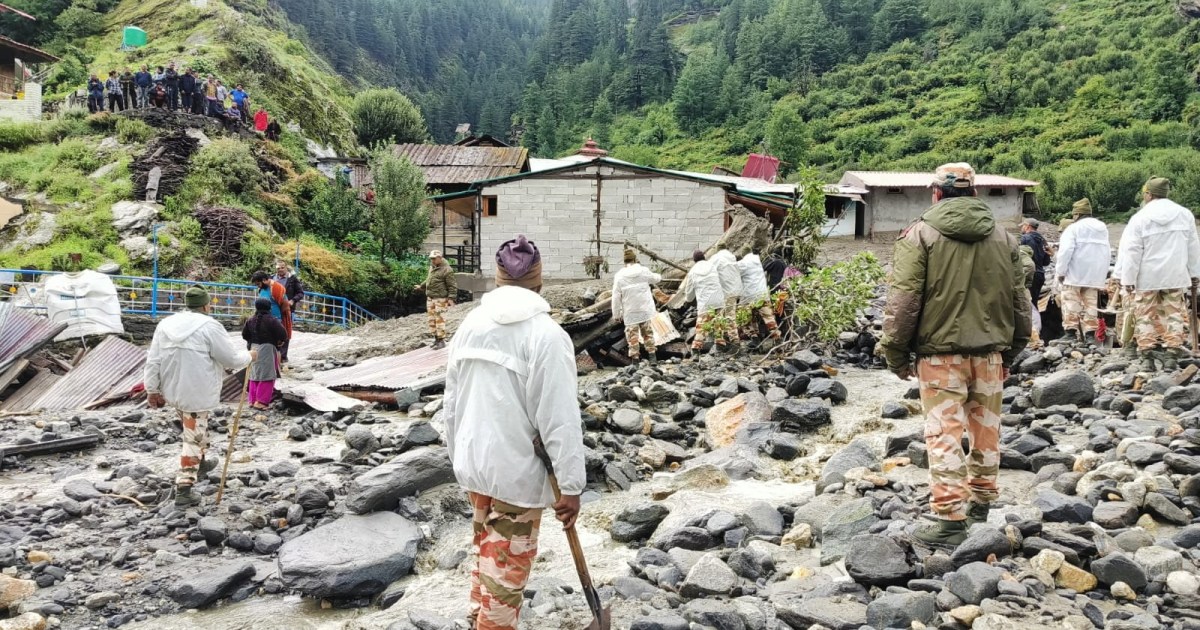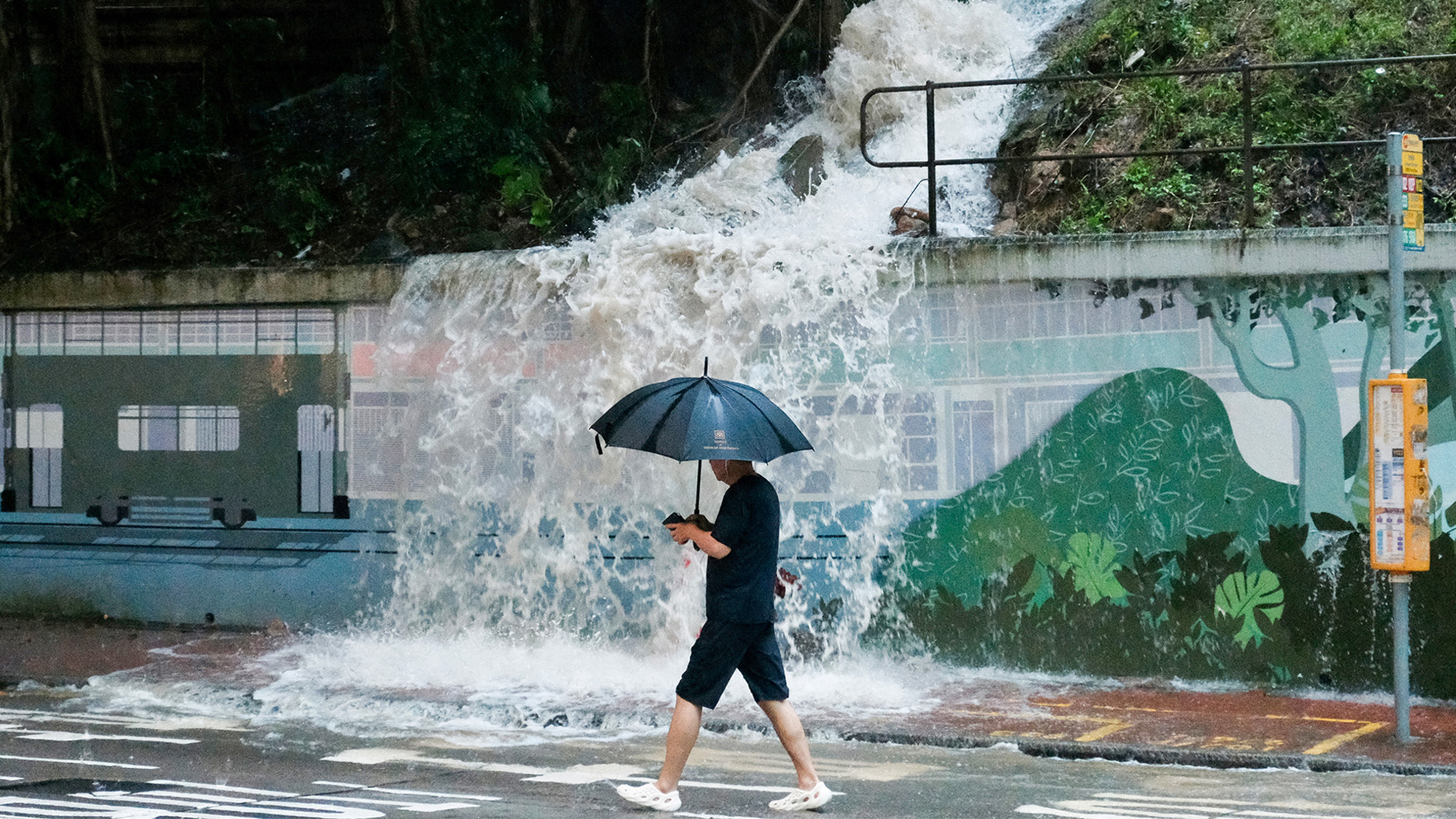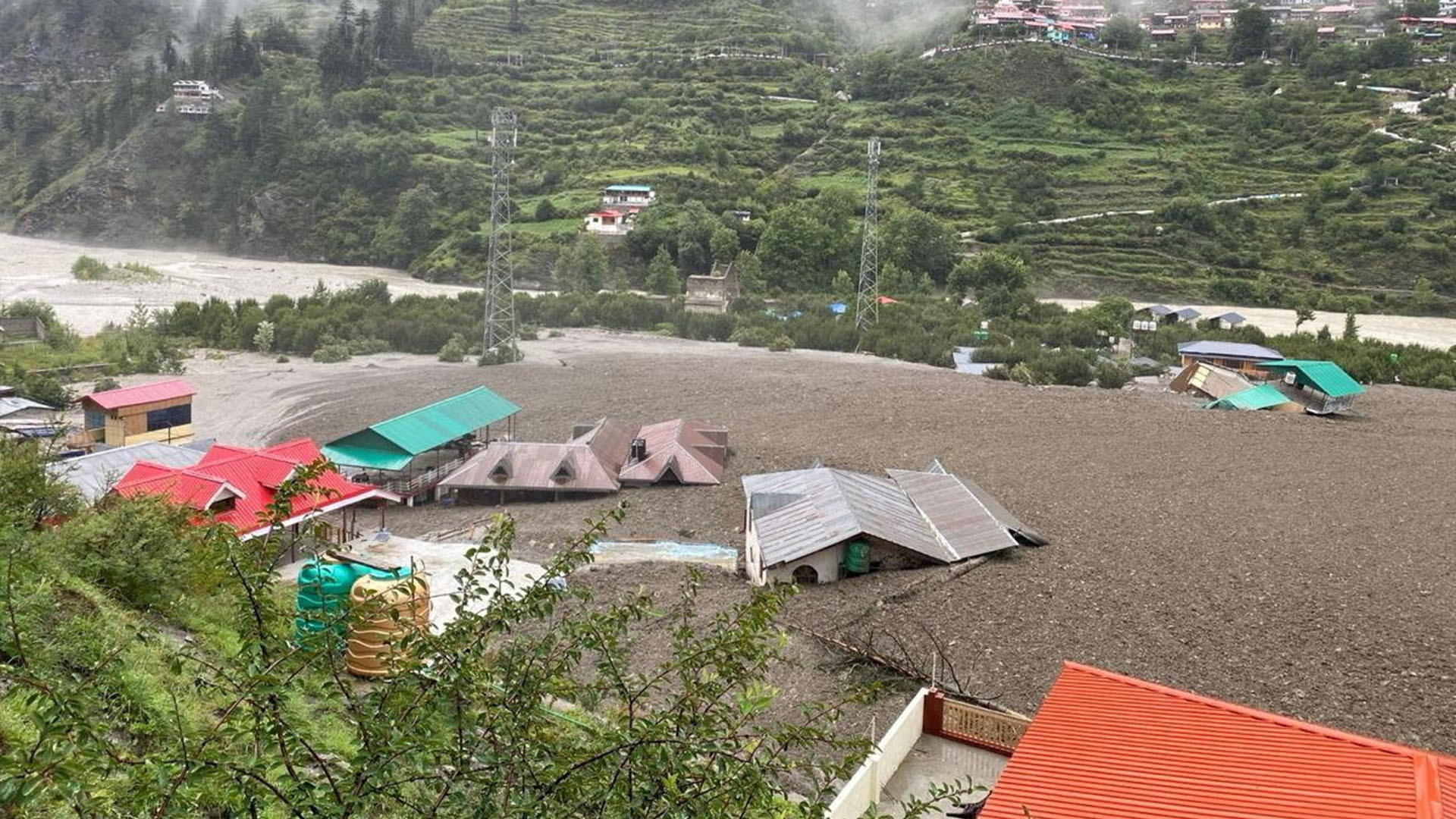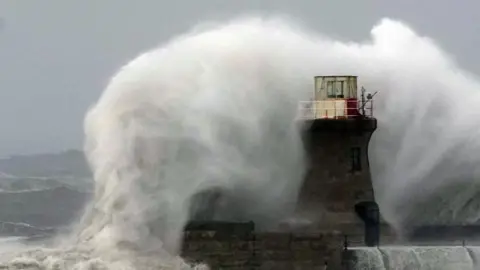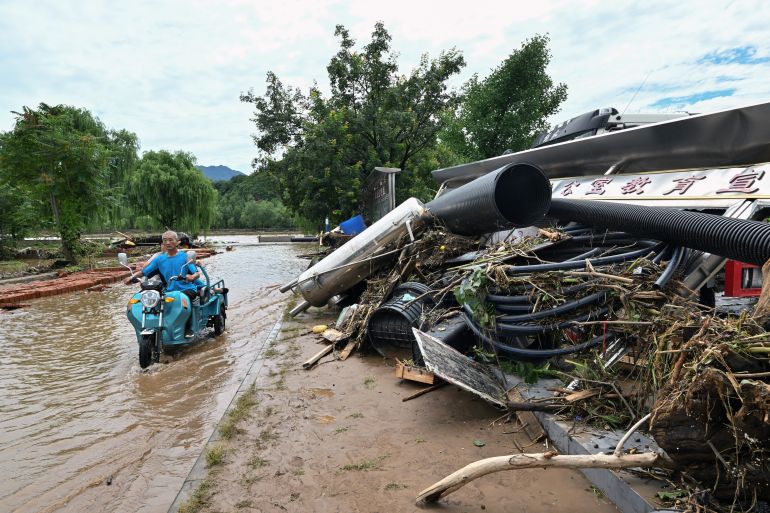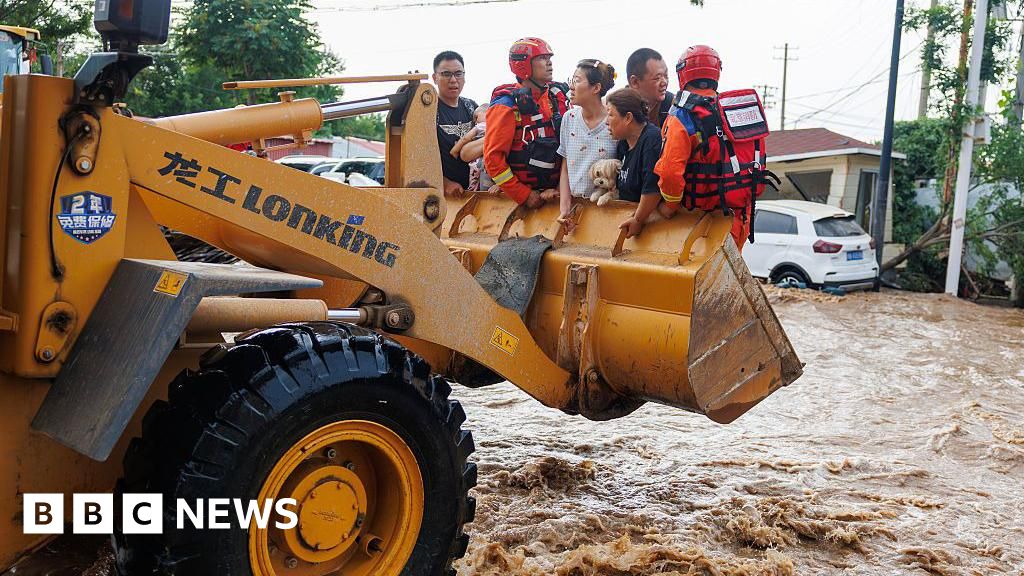Turkey’s serene Konakli is the most affordable destination for couples looking for a break, with prices averaging £421 per person for an all‑inclusive stay, according to TravelSupermarket
The cheapest European destination for a couples holiday is Konakli, according to a new report.
TravelSupermarket, a holiday comparison site, has revealed the most affordable beach destinations for couples looking to escape once the summer holidays end, with September offering great value for romantic getaways.
New analysis of average prices for seven‑night couples’ holidays highlights Turkey and Greece as top choices, with both countries claiming three spots in the top ten. The study has been released after the Mirror published its interactive bargain holiday map.
Turkey’s serene Konakli is the most affordable destination with prices averaging £421 per person for an all‑inclusive stay.
READ MORE: Cruise ship worker shares reality of life onboard and ‘common’ secretREAD MORE: ‘I will not be back’ – Mirror readers explain why they’re ditching Spain
Konakli sits on the Turkish Mediterranean coast and is best known for its beautiful beaches. Hospitality is by far the biggest business in the region, with 15 five‑star hotels in a town of just 18,000 people.
It’s just 20 minutes away from Alanya, which is a bustling resort packed full of restaurants, bars and holidaymakers from across the world. If Konakli begins to feel a little quiet, then a visit to Alanya is a good bet.
If Konakli doesn’t float your boat, fear not. There are plenty of other cheap all0inclusive resorts to choose from.
TravelSupermarket ranked Puerto de la Cruz in Tenerife second on the list at £487 per person. Turkey’s popular Alanya resort claims third place at £493 per person, while Spain’s Costa Dorada destination Salou ranks fourth at £506 per person.
Greek destinations feature prominently with two Corfu locations making the list, alongside Zante’s Alykes which secures fifth place at £508 per person. Marrakech in Morocco offers excellent value in sixth position at £531 per person, with Corfu’s lively Kávos ranking seventh at £543 per person, followed by Bulgaria’s Sunny Beach at £557 per person in eighth place.
Steph Marinkovic, head of editorial at TravelSupermarket, shares her expert couples tips for five of the destinations below, alongside a great deal for each destination:
Konakli – £421 per person
Turkey is a great bet for couples on a budget, and serene Konakli offers the best of all worlds. There’s a quiet, sandy beach for sunbathing, the Taurus Mountain for hiking and lively Alanya – ideal for fun nights out – just 20 minutes away.”
Deal: Seven nights all‑inclusive at the 5‑star NoxInn Deluxe Hotel from £419pp
Puerto de la Cruz – £487 per person
“Puerto de la Cruz is a world away from the resorts in Tenerife’s south. Colourful streets splashed with huge murals make this north coast city a joy to explore. The black‑sand beaches and cool Lago Martiánez pools are just the cherry on top!”
Deal: Seven nights B&B at the 4‑star Melia Costa Atlantis Tenerife from £479pp
Alanya – £493 per person
“Couples can combine culture, history and plenty of opportunities for R&R in sun‑drenched Alanya. Highlights include Cleopatra Beach, Alanya Castle, and the city’s excellent range of traditional Turkish hammams and spa hotels.”
Deal: Seven nights all‑inclusive at the 4‑star Club Big Blue Suite Hotel from £465pp
Salou – £506 per person
“Salou’s three‑park PortAventura World is much quieter in September, so kids‑at‑heart can indulge their inner child without the crowds. Couples will also love the resort’s chilled‑out side – think romantic seaside strolls, spa hotels and wine tasting in ‘cava country’ close to nearby Tarragona.”
Deal: Seven nights B&B at the 4‑star H10 Salauris Palace from £440pp
Alykes, Zante – £508 per person
“Low‑key Alykes is the perfect antidote to rowdy Laganas just 30 minutes’ drive away. The village centres around a golden beach lined with loungers and relaxed bars. Paddleboard together by day, then sip cocktails as the sun sinks over the Ionian Sea.”
Deal: Seven nights B&B at the 4‑star Koukounaria Hotel & Suites from £499pp



